Tinkering
“To tinker with something is to know that you don’t know what you’re doing but that you’re going to find out.”
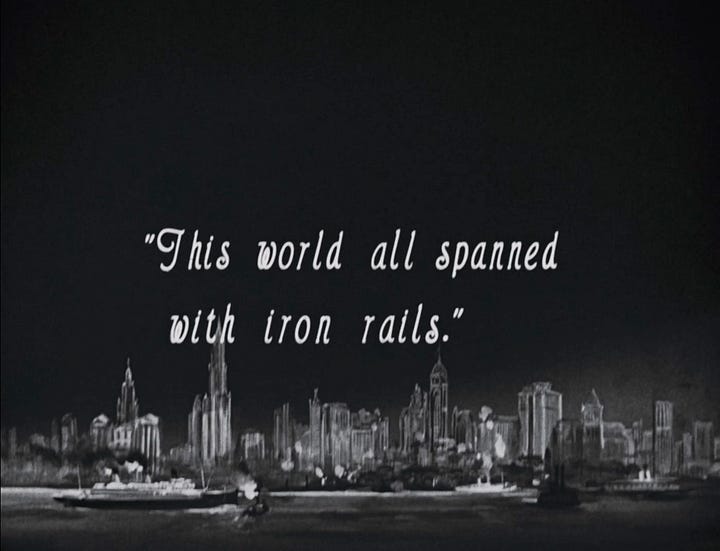
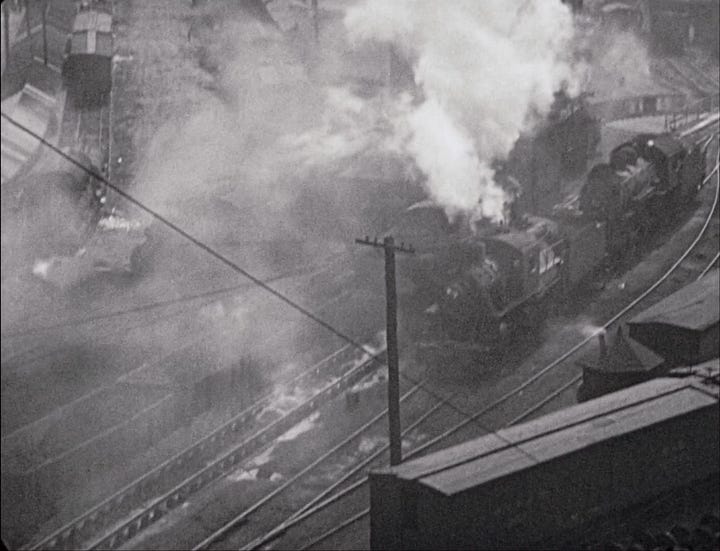
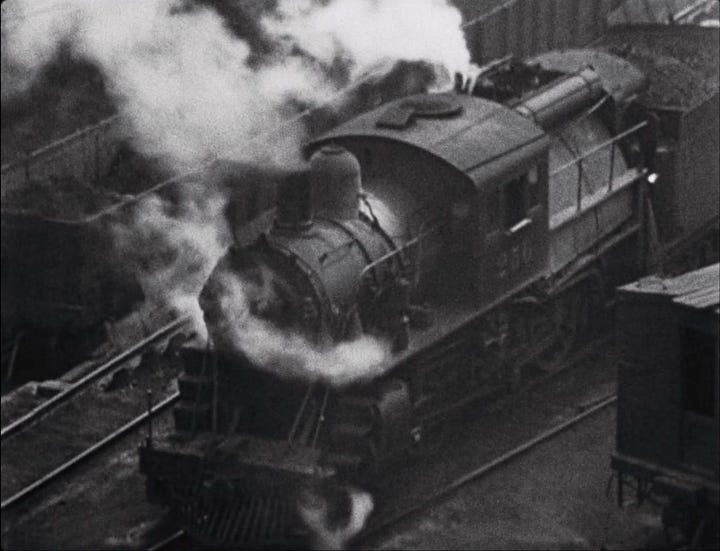
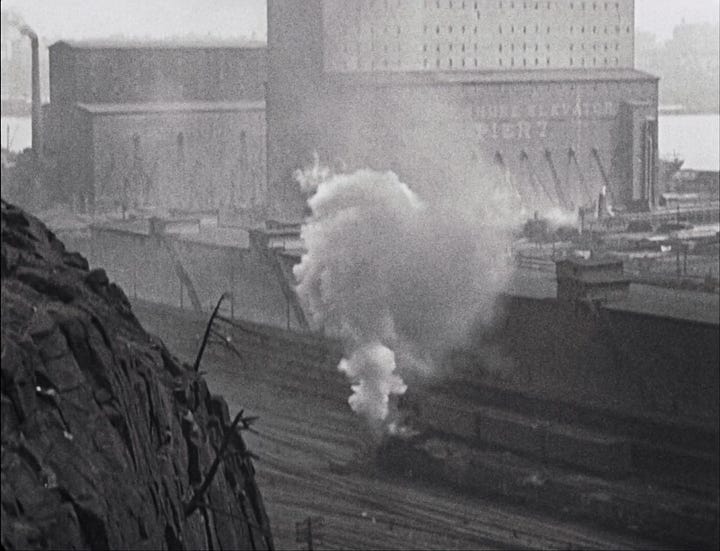
I have a habit of thinking of the world as being made up of machines. This isn’t limited to things which are straightforwardly machines like cars and trucks but includes many other things which aren’t, like people, animals, buildings, and software. I think I think this way because I’m a mechanic.
When one of these true or false machines works as intended I feel a sense of calm, that everything is alright. It’s how I feel when I see a car smoothly accelerating from a stop, a man jogging past on the sidewalk, a hawk gliding overhead, or a building sheltering people from intense rain. “This machine works,” I think to myself.
This isn’t how I feel when I open X or Substack.
When I open either I want to see things which are inspiring. I want to learn. I want to connect. Instead, I see things which are distracting. I learn nothing. I feel alienated. These are machines I haven’t been able to get to work the way I want.
When you’re working on a machine that’s not doing what it’s supposed to be doing you have options. You can read through the service manual. You can perform functional tests to assess performance. You can even overhaul it: disassemble and inspect everything, throw the good parts in the parts washer, throw the bad parts in the scrap heap, put it all back together, and fire the thing up.
That’s what I want to do with X and Substack.
I know that these are powerful machines when you use them correctly. I haven’t been, though. Mostly I open them and scroll. “Show me something interesting,” I think. This isn’t the right way to use these machines. In fact, I think it’s the opposite.
No amount of following, muting, blocking, listing, or algorithm prodding will make X and Substack interesting. They’re not designed to work that way if you use them passively. They become interesting, I believe, when you use them actively.
My plan for doing this is to start by tinkering with them.
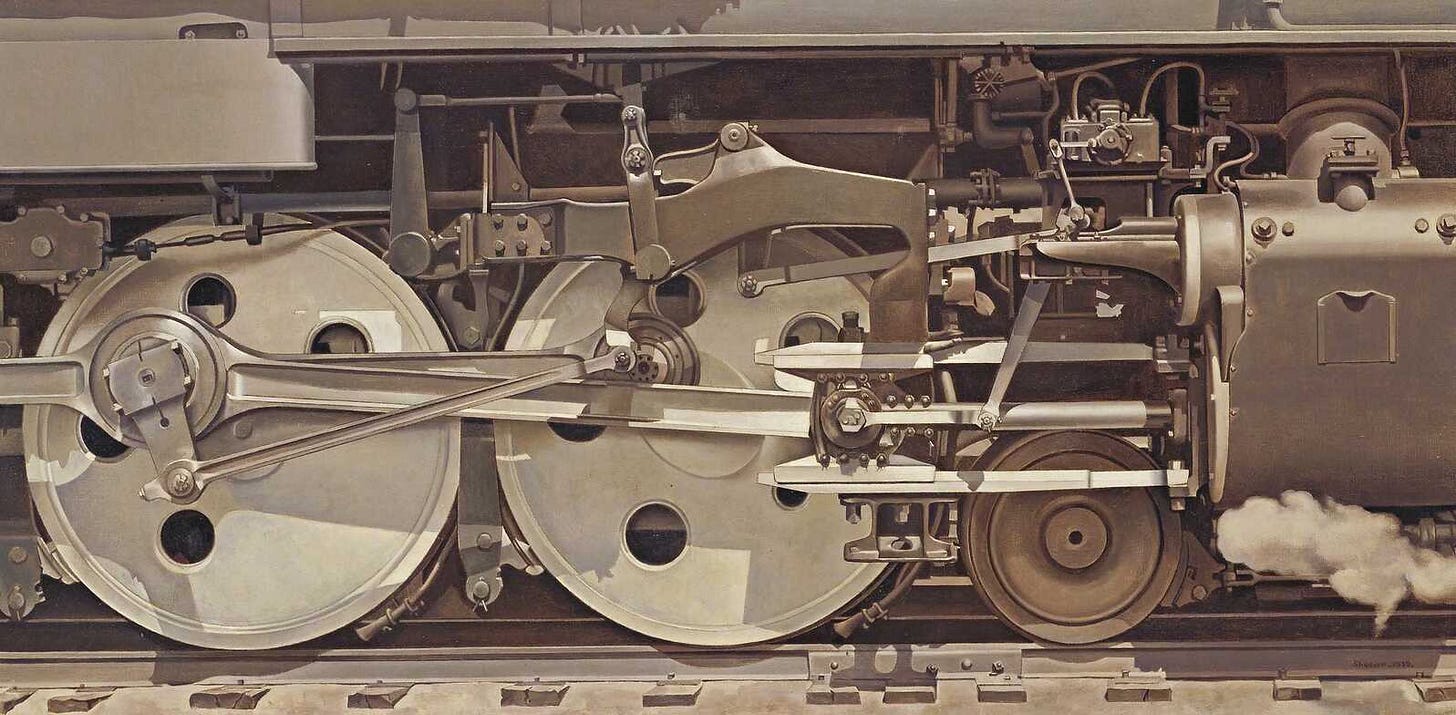
To tinker with something is to know that you don’t know what you’re doing but that you’re going to find out. It’s experimental. It’s what you do when there’s no manual. It’s what you do when you want to understand how it works before the overhaul.
My first step in the tinkering process will be to focus more on being active on these platforms. My way of doing this will be to do more thinking before I post or reply, to put more effort into what I share with the goal of helping others learn as I learn, and to create the inspiring, interesting things I was looking for in the first place.
I don’t know what’ll happen but that’s okay. I’m tinkering.
Manhatta
I’m starting to learn about, and love the work of, painter Charles Sheeler. It seemed appropriate for this post on machines and tinkering. Manhatta, stills of which are featured earlier in this post, is considered to be the first avant-garde movie. The movie is a collaboration between Sheeler and photographer Paul Strand.
You can watch the movie in its entirety below. The movie is silent. On YouTube and elsewhere you can find examples of the movie where dramatic music is added.
“Mannahatta”
The movie’s name and intertitles are inspired by Walt Whitman’s poem, “Mannahatta”:
I was asking for something specific and perfect for my city,
Whereupon lo! upsprang the aboriginal name.Now I see what there is in a name, a word, liquid, sane, unruly, musical, self-sufficient,
I see that the word of my city is that word from of old,
Because I see that word nested in nests of water-bays, superb,
Rich, hemm’d thick all around with sailships and steamships, an island sixteen miles long, solid-founded,
Numberless crowded streets, high growths of iron, slender, strong, light, splendidly uprising toward clear skies,
Tides swift and ample, well-loved by me, toward sundown,
The flowing sea-currents, the little islands, larger adjoining islands, the heights, the villas,
The countless masts, the white shore-steamers, the lighters, the ferry-boats, the black sea-steamers well-model’d,
The down-town streets, the jobbers’ houses of business, the houses of business of the ship-merchants and money-brokers, the river-streets,
Immigrants arriving, fifteen or twenty thousand in a week,
The carts hauling goods, the manly race of drivers of horses, the brown-faced sailors,
The summer air, the bright sun shining, and the sailing clouds aloft,
The winter snows, the sleigh-bells, the broken ice in the river, passing along up or down with the flood-tide or ebb-tide,
The mechanics of the city, the masters, well-form’d, beautiful-faced, looking you straight in the eyes,
Trottoirs throng’d, vehicles, Broadway, the women, the shops and shows,
A million people — manners free and superb — open voices — hospitality — the most courageous and friendly young men,
City of hurried and sparkling waters! city of spires and masts!
City nested in bays! my city!


